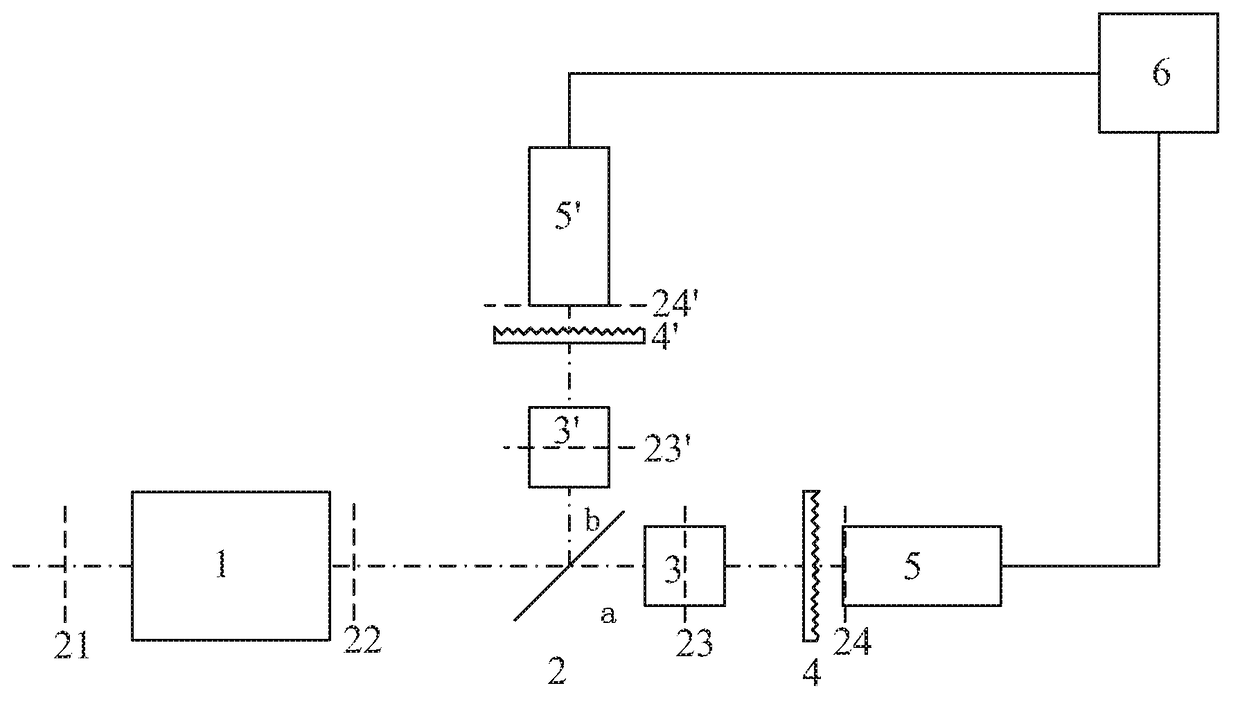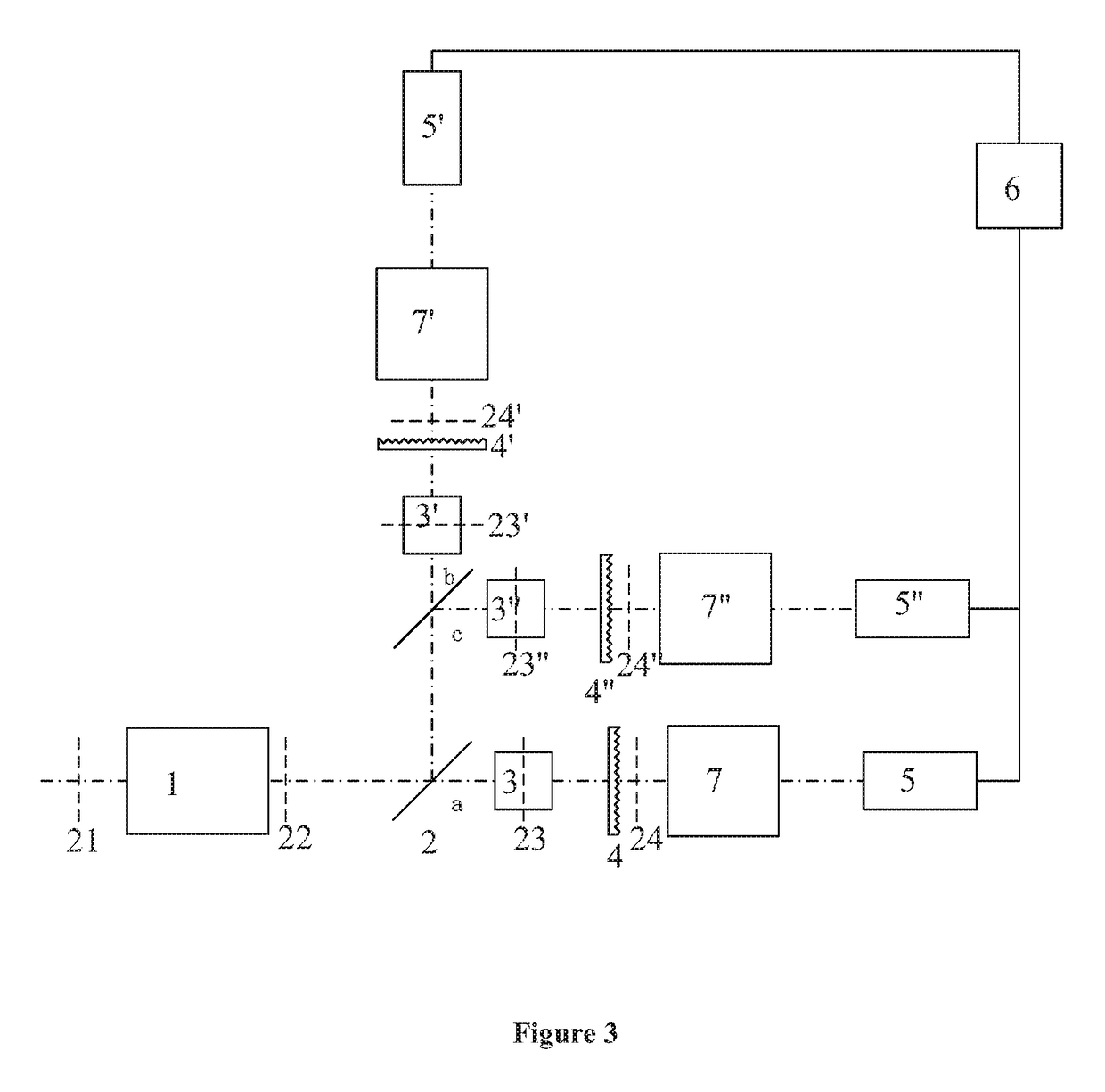Random grating based compressive sensing wideband hyperspectral imaging system
a hyperspectral imaging and compression sensing technology, applied in the field of compression sensing wideband hyperspectral imaging systems, can solve the problems of difficult application of compression imaging solutions in the mid-far infrared imaging domain, low energy efficiency, low energy efficiency, etc., and achieve the effect of reducing the amount of data collection, pixel number and measurement time, and not losing optical energy
- Summary
- Abstract
- Description
- Claims
- Application Information
AI Technical Summary
Benefits of technology
Problems solved by technology
Method used
Image
Examples
Embodiment Construction
[0035]In connection with FIG. 2, the acquisition of the hyperspectral image information by the random grating based compressive sensing wideband hyperspectral imaging system of the present invention is expounded in details. As shown in FIG. 2, the random grating based compressive sensing wideband hyperspectral imaging system of the present invention comprises a front imaging system 1, a dichroic beam combiner 2, exit pupil transformation systems 3 and 3′, random gratings 4 and 4′, and photodetector systems 5 and 5′ on branches a and b respectively. The front imaging system 1 and the dichroic beam combiner 2 are successively arranged along an incident light beam, with the dichroic beam combiner 2 splitting the wideband light beam into two split spectral light beam branches a and b with continuous spectra. The exit pupil transformation systems 3 or 3′, random gratings 4 or 4′, photodetector systems 5 or 5′ are successively arranged on branch a or b, respectively. Photodetector systems...
PUM
 Login to View More
Login to View More Abstract
Description
Claims
Application Information
 Login to View More
Login to View More - R&D
- Intellectual Property
- Life Sciences
- Materials
- Tech Scout
- Unparalleled Data Quality
- Higher Quality Content
- 60% Fewer Hallucinations
Browse by: Latest US Patents, China's latest patents, Technical Efficacy Thesaurus, Application Domain, Technology Topic, Popular Technical Reports.
© 2025 PatSnap. All rights reserved.Legal|Privacy policy|Modern Slavery Act Transparency Statement|Sitemap|About US| Contact US: help@patsnap.com



